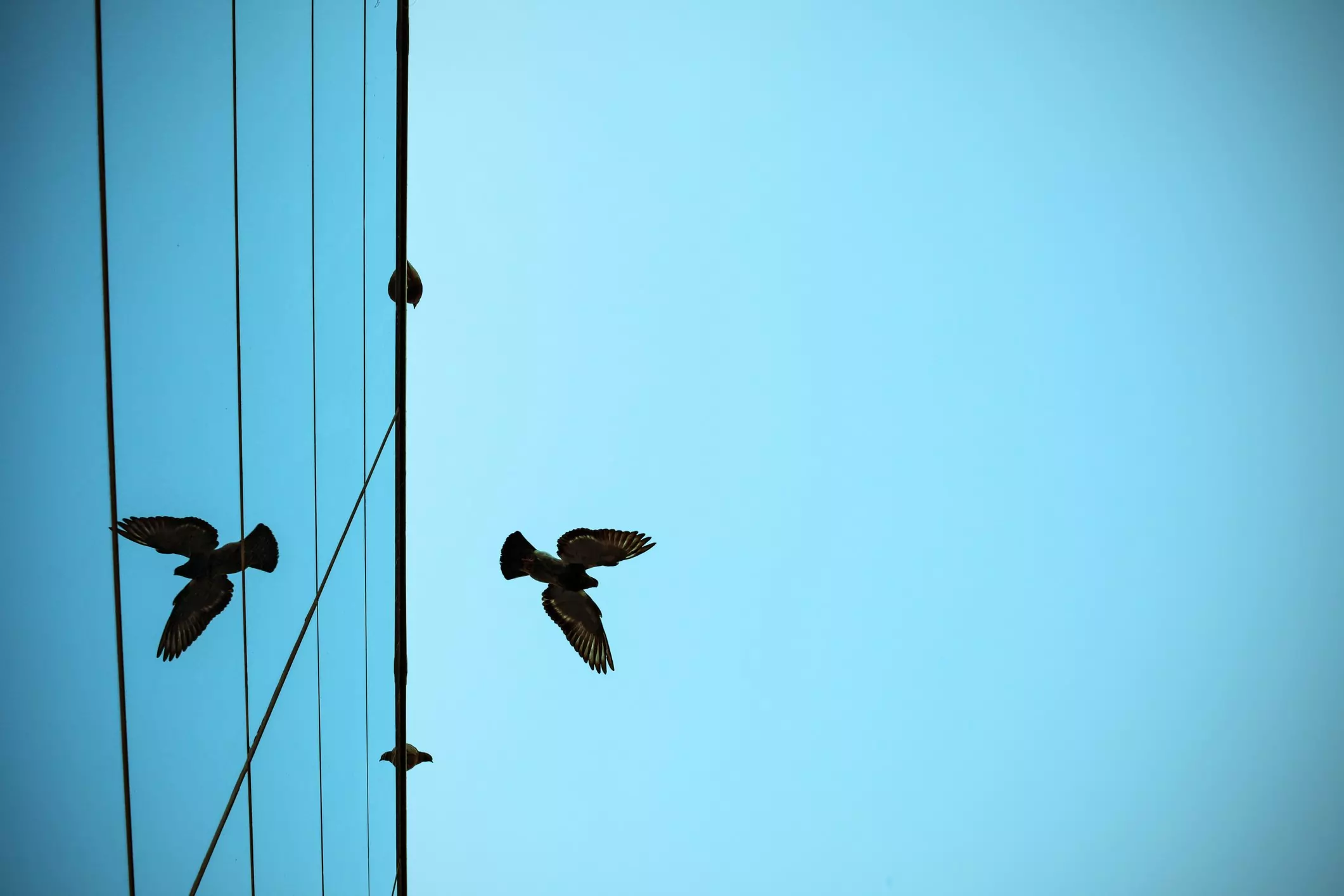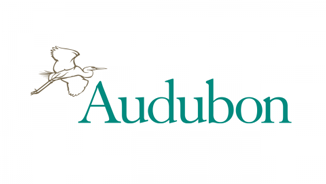In a 1935 treatise, the great modernist architect Le Corbusier predicted that as the twentieth century pressed on, the supremacy of the “glass wall” would become “obvious” to us—desirable even—as an expression of the spirit of a new age.
For Corbusier, glass had a significant role to play in twentieth-century architecture; namely, to “[restore] mankind to a harmonious relationship with nature, and with the human and the cosmic” after the ravages of the nineteenth century and the First World War. He writes:
“Glass will be a characteristic feature of building in the new machine age because it is the most direct means by which we can find one of the essential conditions for life: sun and light.”
It is hard to argue with glass—it not only dazzles our interiors with sheets of natural light but is also both economical and sustainable.
From the vantage point of bird conservationists, however, there is an important paradox to be found here. That is, while glass enables human beings to reconcile ourselves with nature, it can be extremely damaging to natural life—namely to the hundreds of millions of birds who are victims of collisions with these glass structures every single year.
It is a fact that many bird populations globally have been unable to keep up with the rapid development of today’s modern urban landscapes, and the impossible task of evolving to stay apace with these developments has left them extremely vulnerable to collisions.
Bird collisions not only claim the lives of hundreds of millions of birds every year but have also “drastically reduced the population of some bird species.”
This, however, does not mean that we must banish glass to the dustbin of history and sacrifice its innumerable benefits to our well-being (not to mention our wallets!)
There are many ways that we can prevent these senseless deaths each year.
Feather Friendly® has collaborated with ornithologists, architects, conservation authorities, glass manufacturers, industry advocates, and other groups concerned with bird safety to develop the Canadian Standards Association’s (CSA) Bird Friendly Building Design Standard.
This document communicates a set of industry standards and requirements for glazing, building-integrated structures, and overall building and design features which have been proven to reduce the risk of collisions.
Feather Friendly® has sponsored an ongoing free preview of this document which is available here, but here are some (not so fun) facts about birds and glass surfaces:
- Mirrored glass is reflective at all times of day, and therefore poses a higher risk to birds than non-mirrored glass by reflecting objects in the natural environment
- While non-mirrored glass can be less hazardous in some situations, it can also create a ‘fly-through effect’ by appearing as a dark void that can be flown through
- Among the most dangerous reflected objects are vegetation, but reflected buildings and passageways also pose a danger.
- Many birds strike transparent windows in an attempt to access potential perches, plants, food, or water sources.
Despite these sobering revelations, it has been proven that the most effective deterrents for collision are patterned visual markers placed on glass surfaces which indicate that they are “solid objects to be avoided.”
Feather Friendly® is the trusted choice for highly effective markers that prevent collision without compromising aesthetics or views, both inside and out. Since 2005, Feather Friendly® has offered solutions for both commercial and residential applications.
Our markers generally cover only about 8% of the glass, minimizing visual impact while maximizing the durability and longevity of your treatment, and they have been used successfully in all climates and environments across the globe without compromise.
Please visit our website for more information on the patterns and customization options we offer, or to learn more about the crisis of bird collisions.









